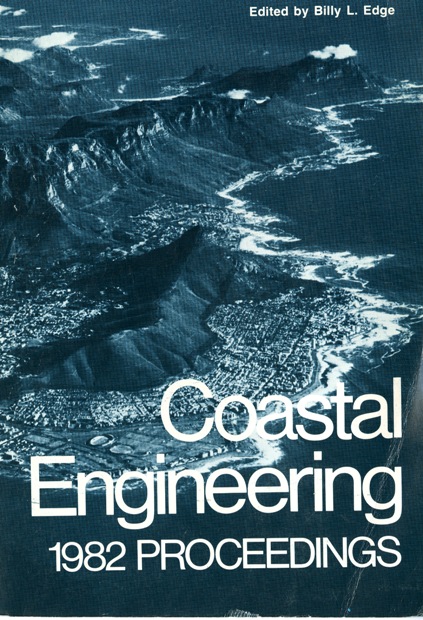Abstract
Water intakes developed for coastal use often require special design considerations to ensure the incorporation of engineering features which are compatible with environmental protection. Due to the severity of the coastal zone environment, cooling water intakes for power generating facilities typically incorporate one of two possible designs: 1. A shoreline (surface) intake which could incorporate jetties, breakwaters, or inlet channels for wave protection and, when necessary, for retardation of sedimentary processes, or 2. An offshore, submerged intake connected via tunnel or pipeline to an onshore screen/pumphouse. Naturally, protection of structural integrity is of primary concern in designing and locating such intakes. Therefore, physical or hydraulic conditions are required to enhance plant reliability which may be adverse from an environmental viewpoint. As a result, it is often necessary to integrate additional provisions into intake designs which will mitigate potential adverse impacts resulting from plant operation. During the mid to late 1960s, as the size and number of power plants began to dramatically increase in the United States, various agencies responsible for protecting fish and wildlife were becoming increasingly alarmed that sport and commercial fisheries were being adversely affected by thermal discharges (Krenkel and Parker 1969). In response to this concern, various state and Federal regulations were promulgated to limit the effects of thermal discharges on aquatic biota. Various engineering options were developed to limit thermal effects. These options ranged from simply limiting the rise across the condenser, and therefore the ultimate temperature at the point of discharge, to employing various means of closed-cycle cooling, particularly at sites where water availability was limited (Parker and Krenkel 1969).
Authors retain copyright and grant the Proceedings right of first publication with the work simultaneously licensed under a Creative Commons Attribution License that allows others to share the work with an acknowledgement of the work's authorship and initial publication in this Proceedings.

